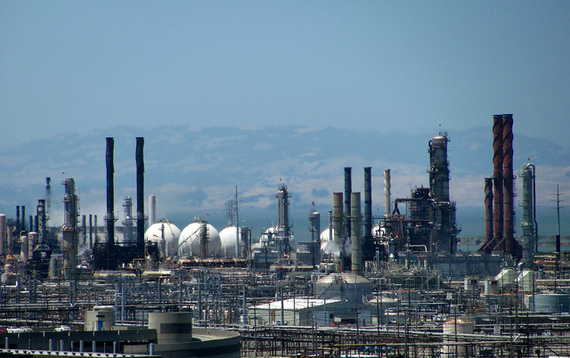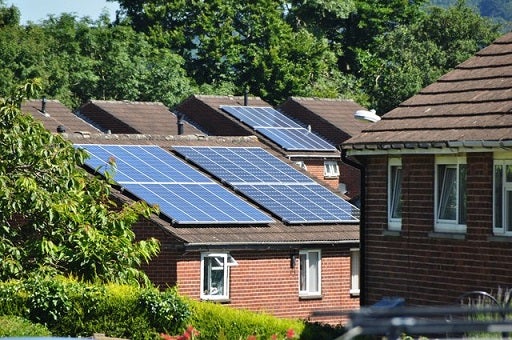It would be logical to assume that we make decisions based on our needs, desires, and values regardless of how the choice is presented. For instance, we wouldn’t expect the choice to become an organ donor to depend on whether you must check a box to accept or decline donation. But we would be wrong: our decisions depend a great deal on how the choice is presented.
Choice architecture gets to the heart of the debate on whether it’s preferable to offer people the opportunity to opt-in or to opt-out, and this question has become crucial to the discussion about time-variant electricity pricing throughout the country.
Opt-out vs opt-in time-variant pricing
Currently, most electricity customers pay for electricity at a single flat rate (i.e., one price per kWh consumed). Such pricing is simple but doesn’t reflect actual system costs, which are higher during times of the day when overall energy demand peaks. Time-variant pricing instead allows utilities to charge more for electricity during periods of peak demand, and less during periods of lower demand. Read More





